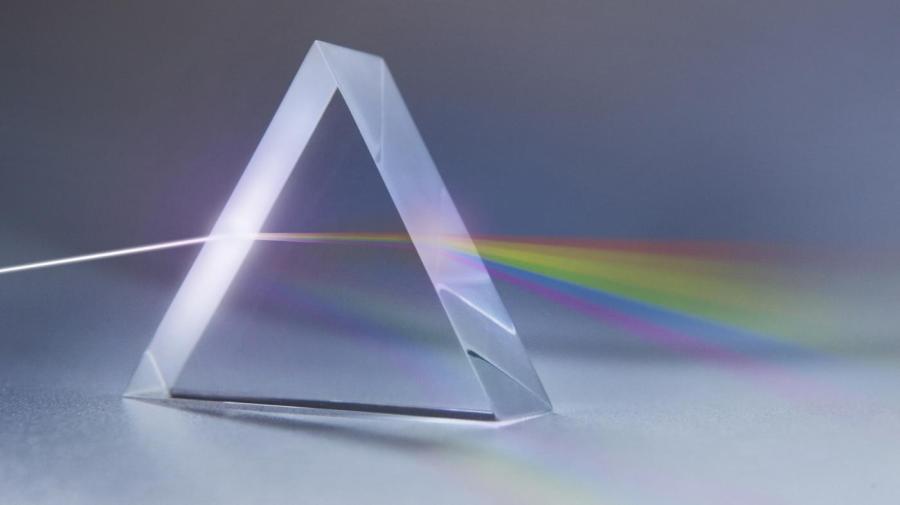How Many Edges Does a Triangular Prism Have?

A triangular prism has nine edges. It consists of a triangular base, a translated copy of the base and three quadrilaterals, for a total of five faces and six vertices.
The surface area of a triangular prism can be calculated by taking the area of each of the five faces (two triangles and three quadrilaterals) and adding them together.
The volume of a triangular prism is the area of one of the triangles multiplied by the length of a quadrilateral (which represents the distance between the two triangles.) According to About.com, the formula is V = (1/2)bhl where b and h are the base and height of a triangle, and l is the length of a quadrilateral.
A triangular prism is a pentahedron. A pentahedron is a polyhedron with five faces.





